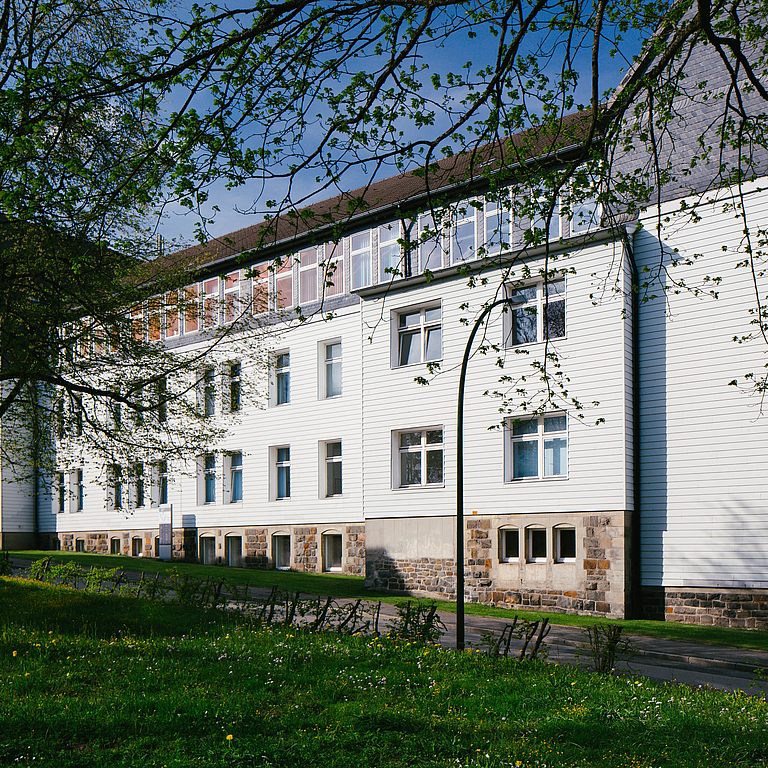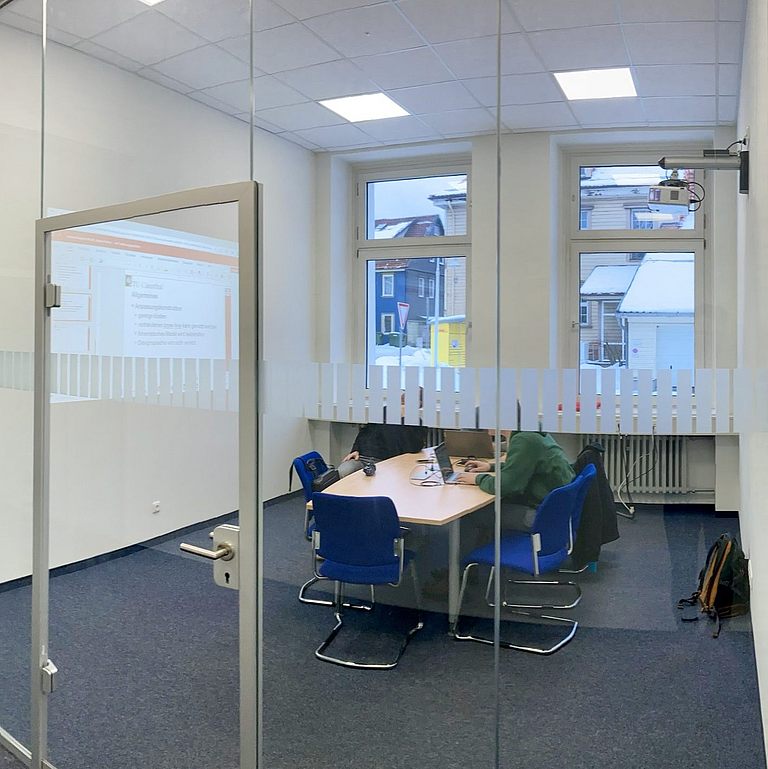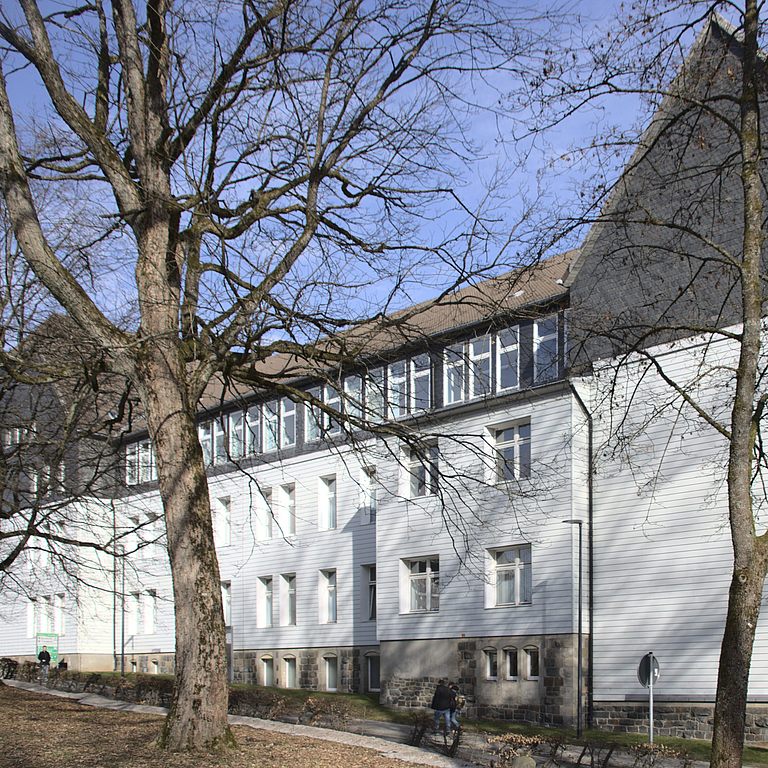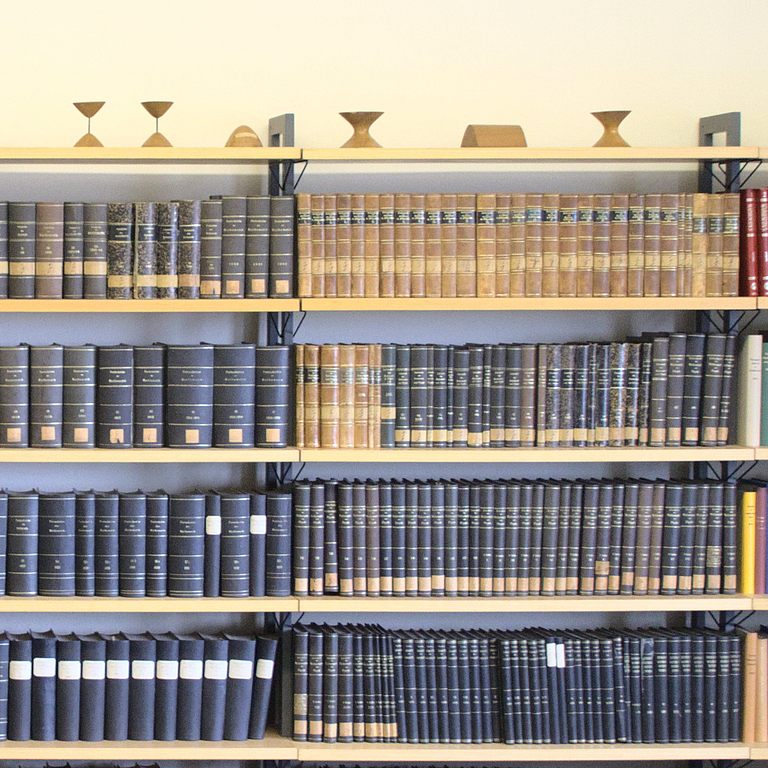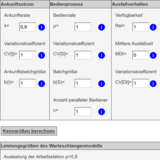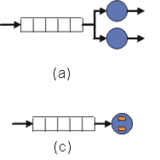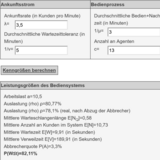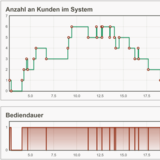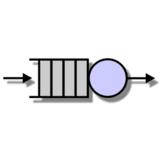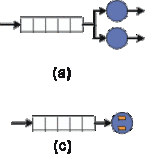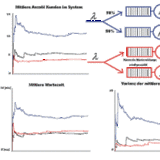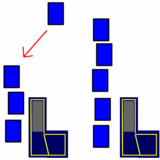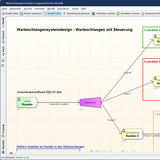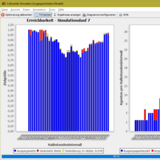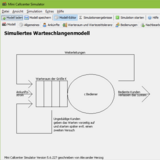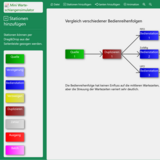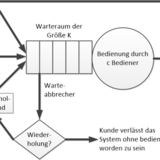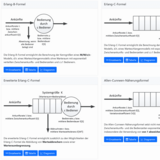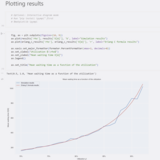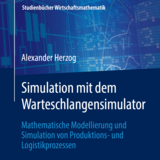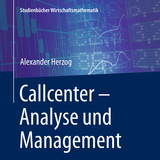Queueing theory
The queuing theory is an important area within the stochastics. Queues occur in many situations in production and logistics and are usually undesirable because of the need of temporary storage of semi-finished components and because storage will employ capital. If customers will have to wait for a longer period of time this can have a negative impact on the company's image or have concrete material losses, if people give up waiting prematurely and thus they are lost as a customer.
Due to stochastic influences in both the inter-arrival times of customers as well as the service times there can be no simple relationship between arrival and service rate on the one side and the waiting time on the other side. Methods for studying the stochastic processes will be needed here.
Interactive pages about queueing theory
More information on queueing theory
Simulation software
TU Clausthal offers a number of simulation programs via the Simulation Science Center. All of these are open source programs that can be used free of charge:
